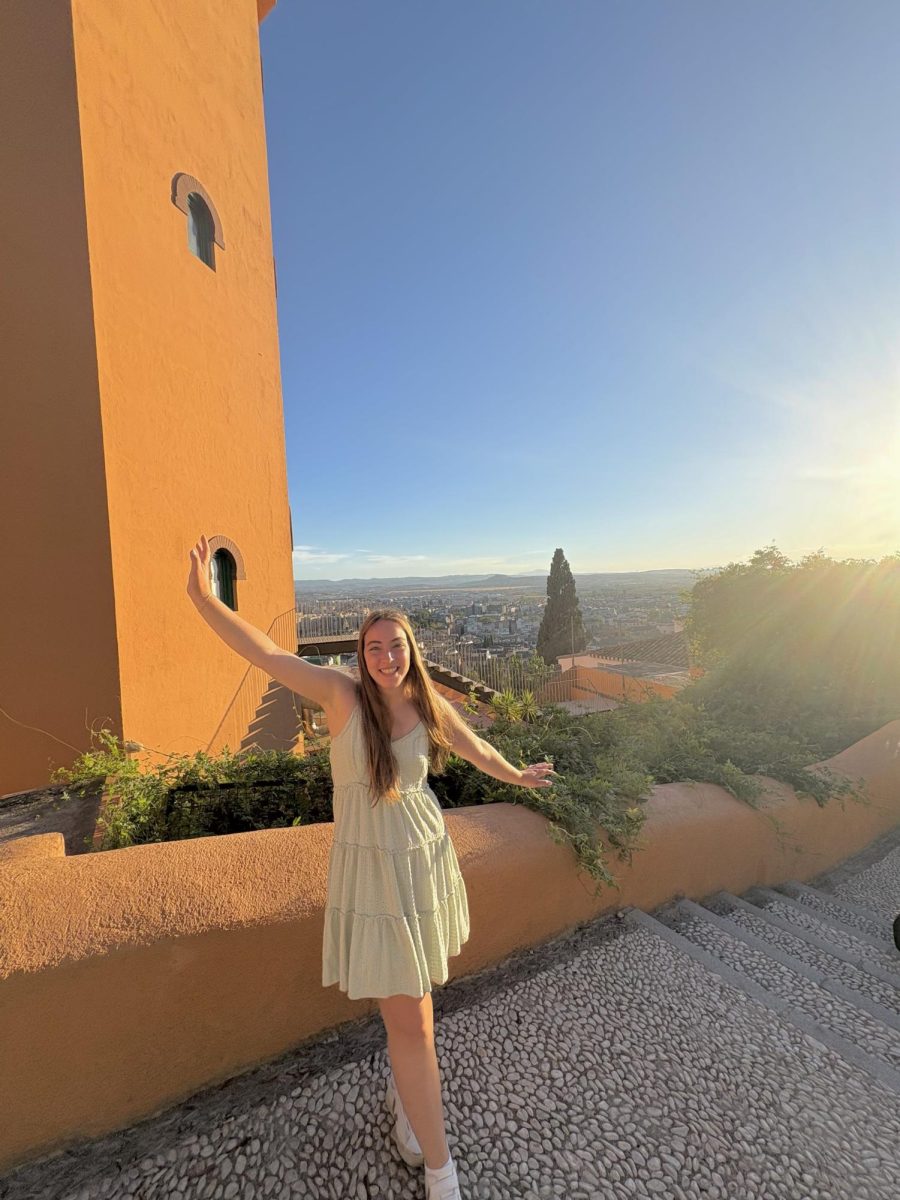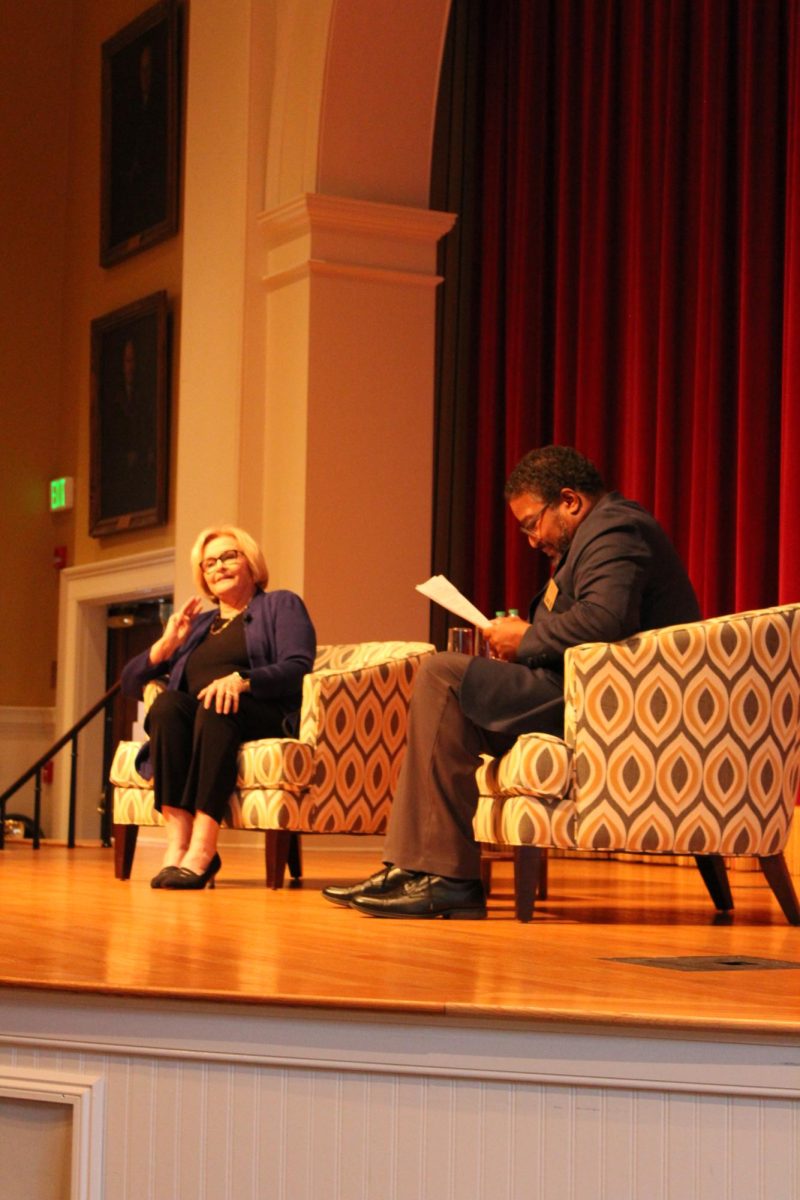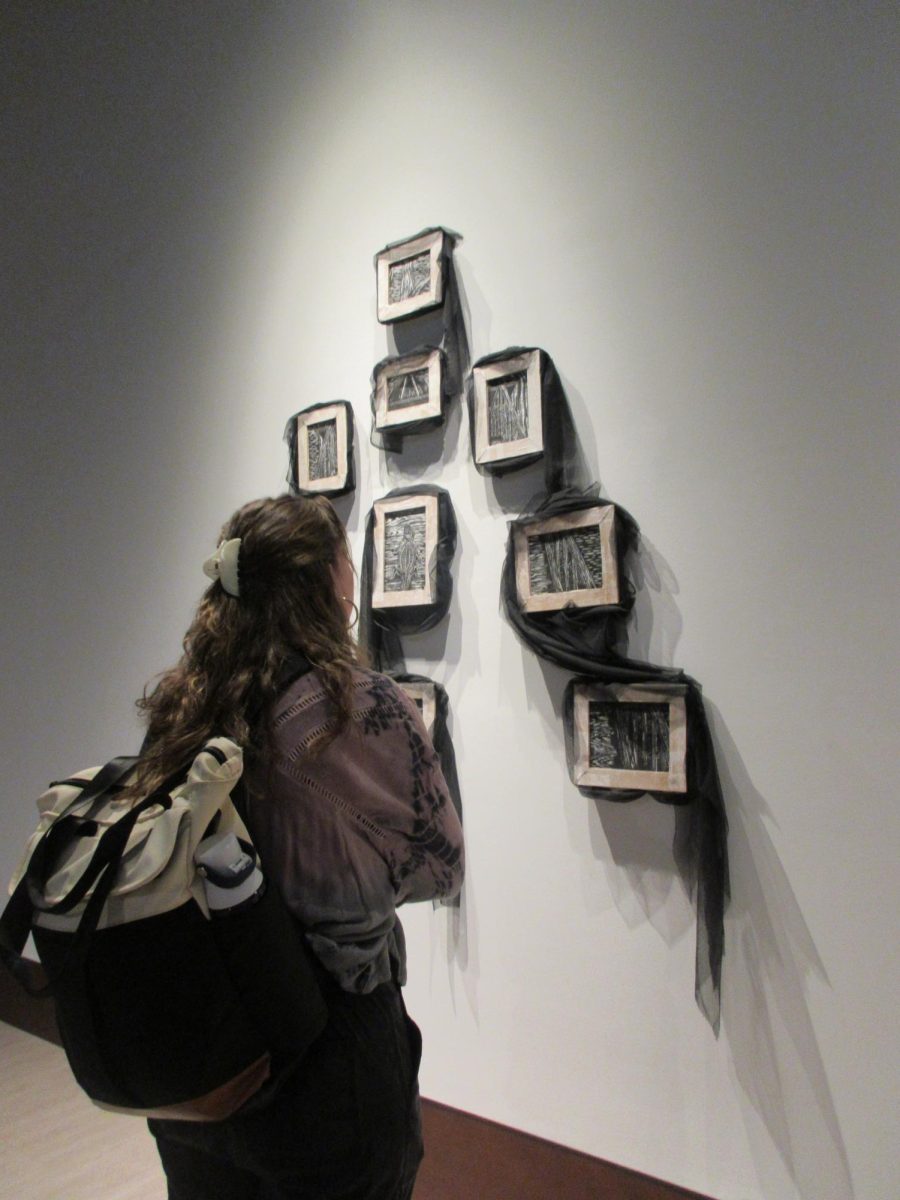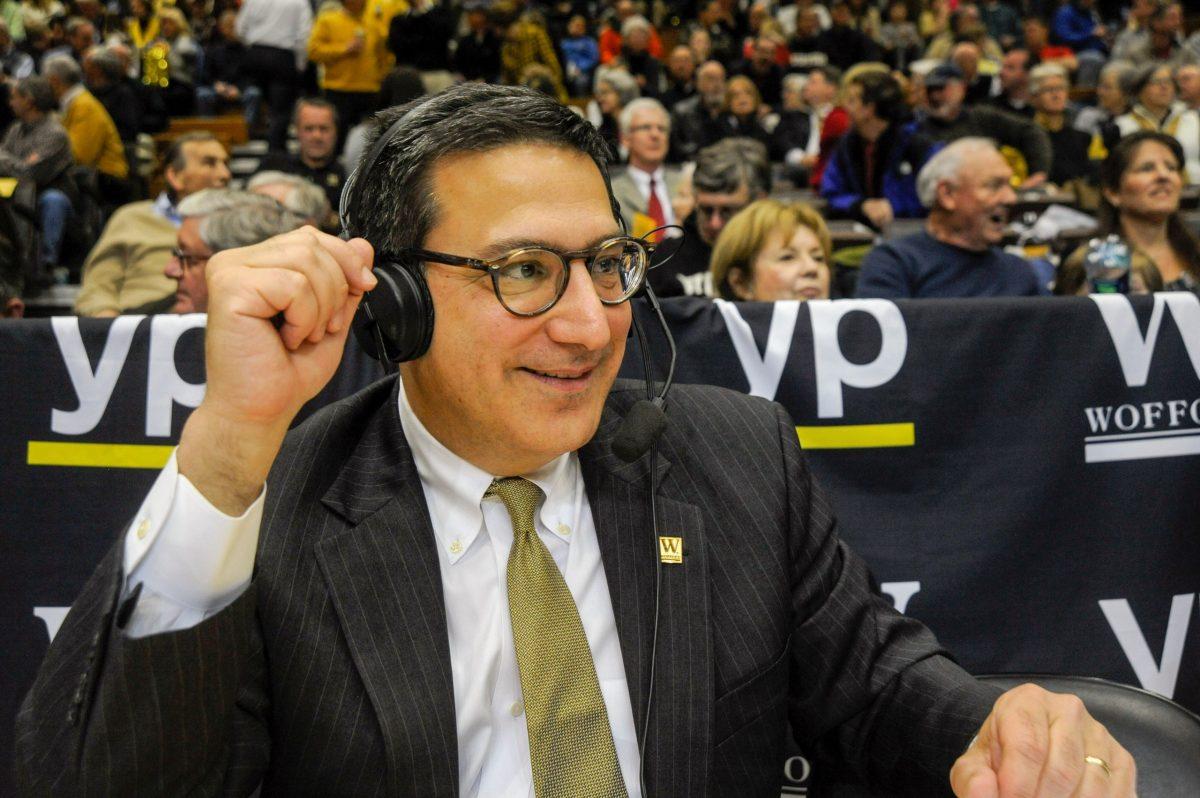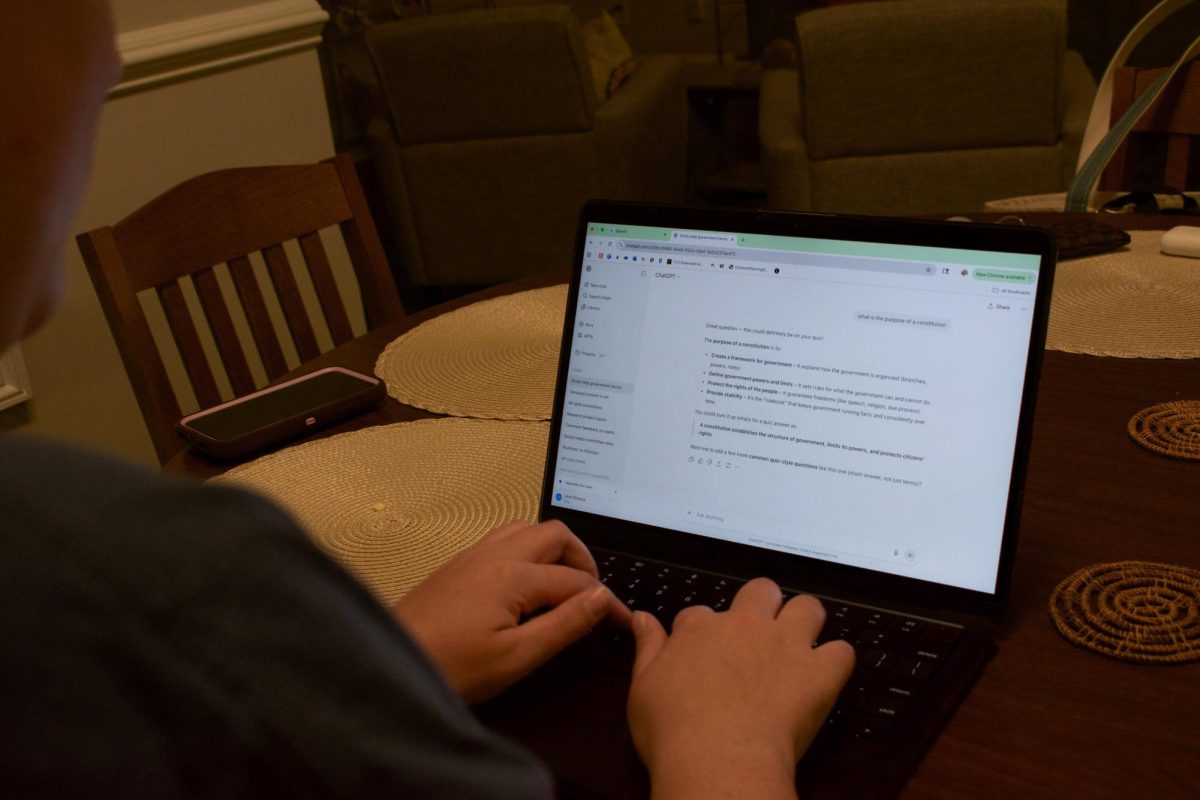In the fall the Wofford College Board of Trustees approved a new Strategic Vision for the college. Immediately, Jerry Richardson, a 1959 Wofford grad and founder of the Carolina Panthers, donated two new buildings to the college — the Rosalind S. Richardson Center for the Arts and the Jerry Richardson Indoor Stadium. Amidst the excitement, however, Wofford students still have questions, and President Nayef Samhat sat down with the The Old Gold and Black to answer them and shed some light on the Wofford of the future.
Rosalind S. Richardson Center for the ArtsCurrently, the only arts majors offered at Wofford are art history and theatre, which has raised some con cern as to what benefit this new building would have to all students.
“In general, the use of academic facilities tends to be concentrated among those students who pursue a particular major,” says Samhat. “If you’re a non- science major you don’t often use the labs. We can expect a greater concentration of art, studio art, art history and theatre folks using those facilities more than non-majors.”
According to Samhat, however, with the new building comes the possibility for an expanded curriculum and more opportunities to test interests in the arts.
“Art classes are open to all students across the institution,” says Samhat. “I see the availability of a broader range of courses and greater facilities helping our students overall.”
Samhat did speak about how the spaces within the Center for the Arts are usable by students of any major.
“There will be unique collaborative workspaces in there too,” he says. “We’re planning on having a digital classroom, which in the future we hope will help start a media studies, film studies major.”
Samhat envisions the center attracting students to Wofford who aspire to major in something within the arts.
Marsh Hall
Marsh has been an enigma for most students for many years now. It now appears that the building will escape certain doom all together.
“This summer we will finish the Greene remodel,” says Samhat, in regard to
Greek Village
“If in the evenings fraternities find themselves getting into fights or destroying others’ houses, that’s a big problem,” he says. “We can talk about the houses today in that fences were a part of their original conception, but they were not. The fences evolved, in particular the back stages, as the interiors of the house began to decay.”
Samhat says he and other administrators are deliberating different designs for house fences. Architects will meet with chapter, faculty and alumni representatives to help imagine and design the house’s interior. According to Samhat, the look of the houses will largely be in the hands of the individual chapters.
A Year without a Row
As for the concerns about where fraternities can have weekend parties, Samhat encourages all interested people to visit the college’s website listing possible spaces: wofford.edu/greekvillage/.
Living in Fraternity Houses and Rush
In regard to living in fraternity houses, Samhat says the decision was made not to put beds in the houses because students have expressed the desire to socialize in dorms and live in a diverse atmosphere.“I think if you’re adding more beds, you have to fill them,” he says. “And when
“I anticipate at the very minimum a fall and spring rush next year,” he says. “I do not see any change (from fall to spring) next year because there’s already too much happening with Greek life. If we do move to spring rush, it will be in concert with the Greek Village, meaning we will give everyone time to acclimate to the new space. If it doesn’t work, then we go back.”
Samhat says he will leave the decision on whether or not to make spring rush mandatory up to the task force responsible for discussing the possibility with IFC and Panhellenic.
ParkingWhen construction does start, where will students and staff park their cars? Although Samhat says that a solution is in the works, he points out that parking is an issue for most colleges.
“Parking is an issue on any college campus that I’ve been on,” he says. “Fortunately we have a small campus so getting from one end of campus to the other in less than 10 minutes is not an issue.”
Adding some humor to the conversation, Samhat says, “But we are creatures
Moving Forward with the VisionAccording to Samhat, the next step in the Vision is implementation. Dr. John Lefebvre, chairman of the Department of Psychology, is heading up a small group of faculty, called the I-Team, to transform the Strategic Vision into a concrete plan with metrics, timelines and costs that looks to stretch over seven years. Groups within the team will report the costs and metrics of specific projects and develop an implementation strategy in a six-to-eight-week span.
Until then, Samhat asks that the hard-hitting questions keep coming his way.
—Kyle Hoffman



